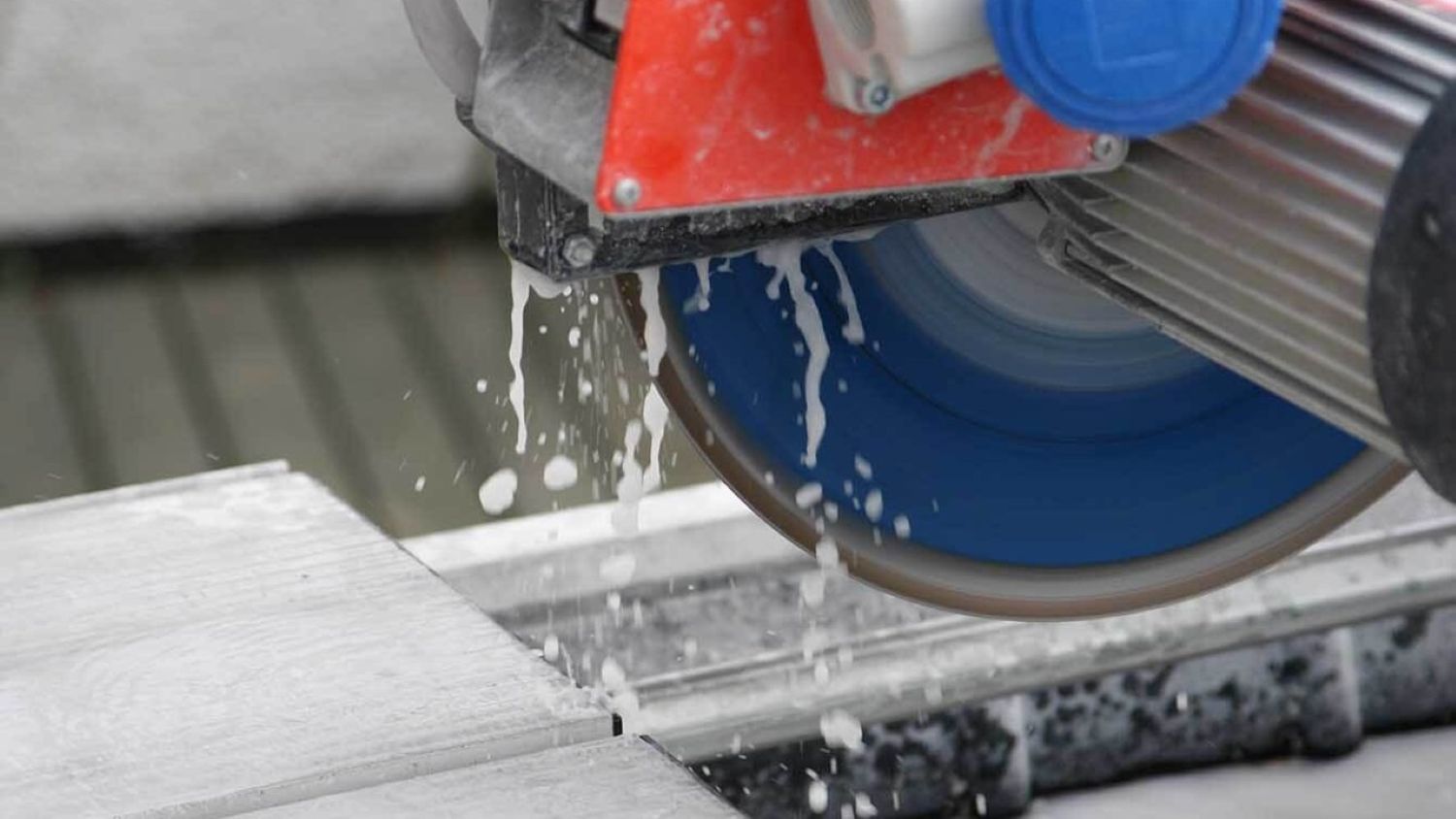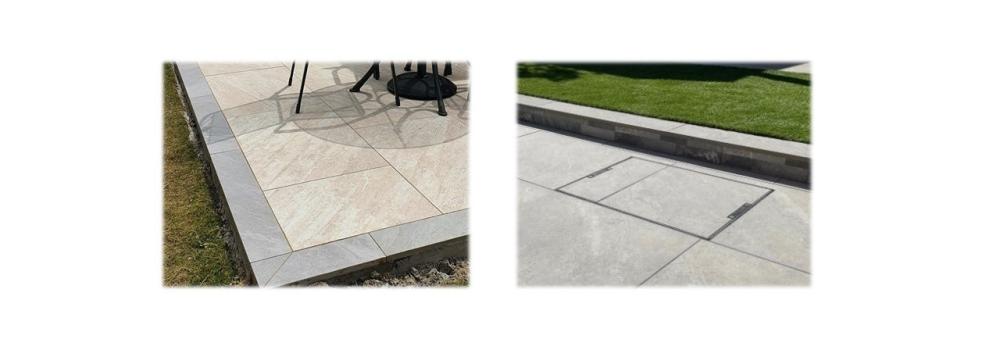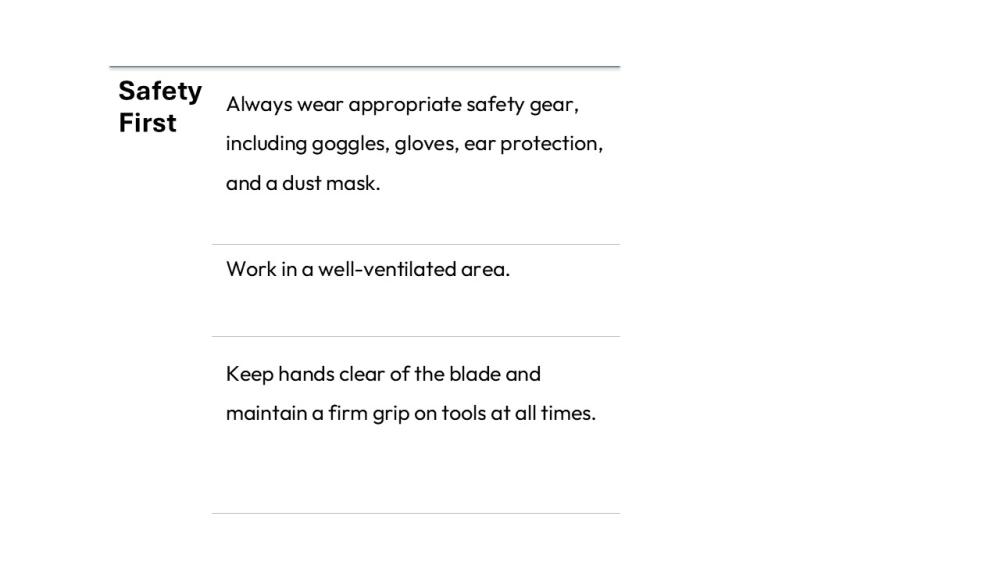How to cut Sandstone or Porcelain

We’re often asked: “How do I cut Sandstone or Porcelain, and what tools do I need?”
Every garden is unique, and sometimes paving needs to be cut to fit around drain covers, posts, or other features. Sandstone and porcelain both make beautiful surfaces — but they’re tough, dense, and can easily chip or crack if cut incorrectly. The good news is — the right tools, a bit of practice, and some patience, you can achieve clean, professional results every time.

Choosing the Right Tools
When it comes to cutting porcelain or sandstone, the right equipment can make all the difference. Whether you’re a seasoned pro or tackling a DIY project in your garden, having the right tools on hand will help you achieve clean, precise cuts every time.
For the best results, we recommend using a water-fed table saw paired with a diamond blade that’s designed for your material. Cutting accurately isn’t just about neat edges—it’s what gives your project that polished, high-quality look. Using the wrong blade could easily lead to chipped tiles, especially around the edges of a patio, which can really take away from the overall finish.
And of course, don’t forget safety first! Always make sure you’ve got the proper protective gear and take your time setting up before making any cuts.
a
|
|
|
|
|
|

Preparing the Stone
Secure the slab firmly on a stable surface using clamps.
Mark a clear, straight line where you want to cut.
Tip: Measure twice, cut once.
a
Making the Cut
Guide the saw slowly and steadily along the marked line. Let the blade do the work — avoid applying unnecessary pressure.
A wet saw helps reduce dust. If using a dry-cutting tool, a dust mask is essential.
For thicker sandstone, adjust the saw depth and work carefully to avoid chips or cracks.
Some cuts may require multiple passes to get a smooth, even edge.
If you’re new to cutting stone, practice on a spare piece before working on your main slabs.


